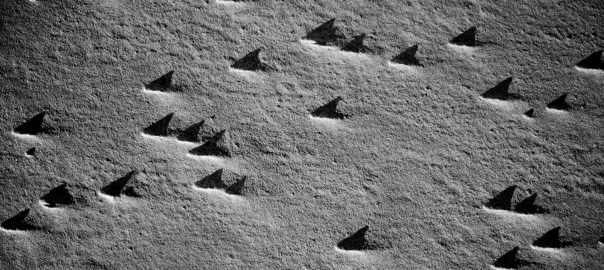What is DHCPv6 Prefix Delegation? Coming from IPv4, you’re already familiar with DHCP (for IPv4) which hands out IPv4 addresses to clients. The same applies to (stateful) DHCPv6: it hands out IPv6 addresses to clients.
However, with IPv6 we’re heavily dealing with subnets rather than just single addresses. Again, you’re familiar with IPv4: For an IPv4-based ISP connection, you’re getting either a single public IPv4 address or a small subnet such as a /29, /28, or the like for your WAN interface. For an IPv6-based ISP connection, you’re getting a subnet which includes multiple unique subnets to be used for other layer 3 segments rather than a single address (with NAT on the CPE). This is where DHCPv6 prefix delegation (commonly abbreviated as DHCPv6-PD) kicks in: It hands out IPv6 subnets to routers.
Let’s have a closer look:





